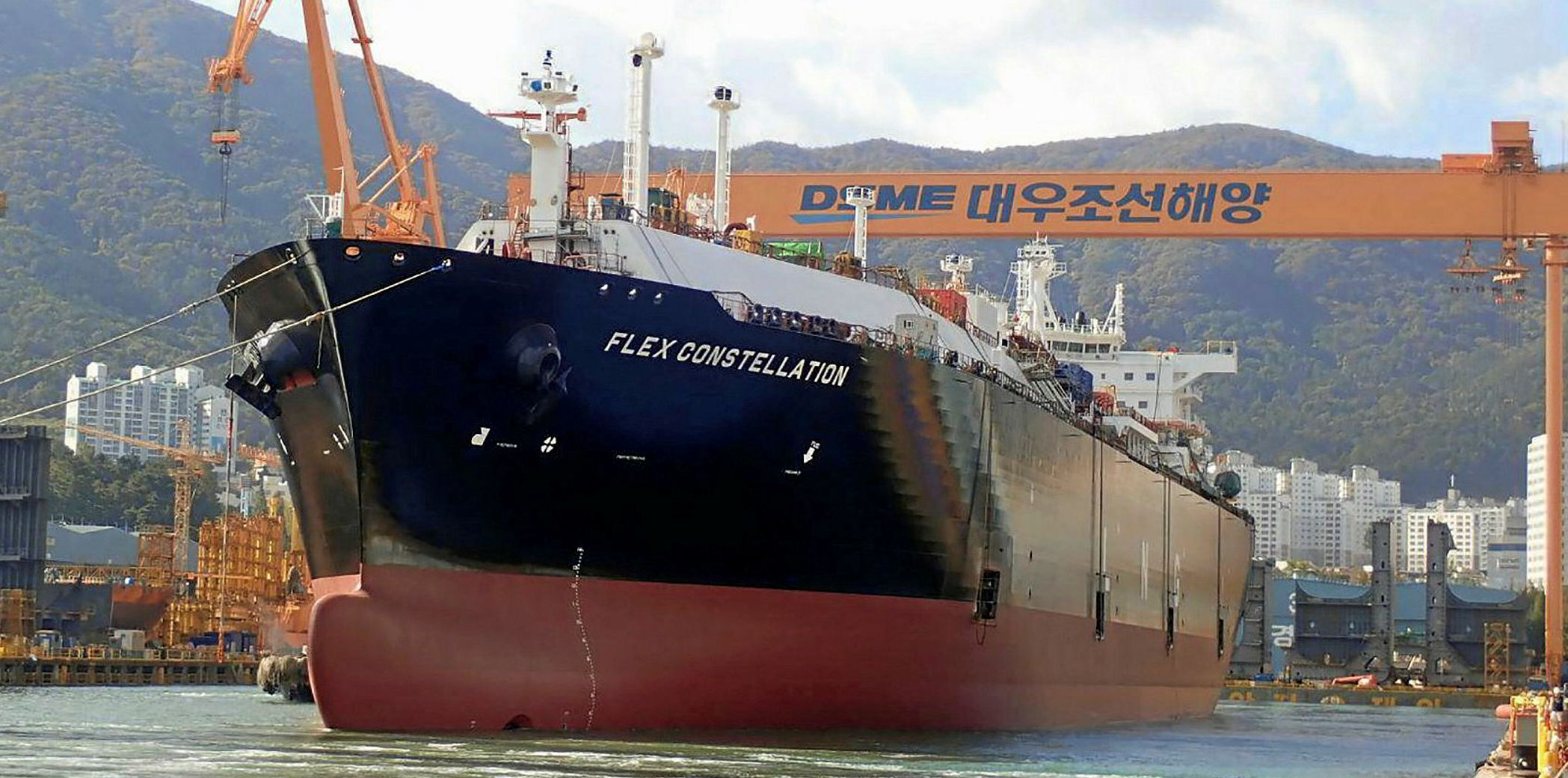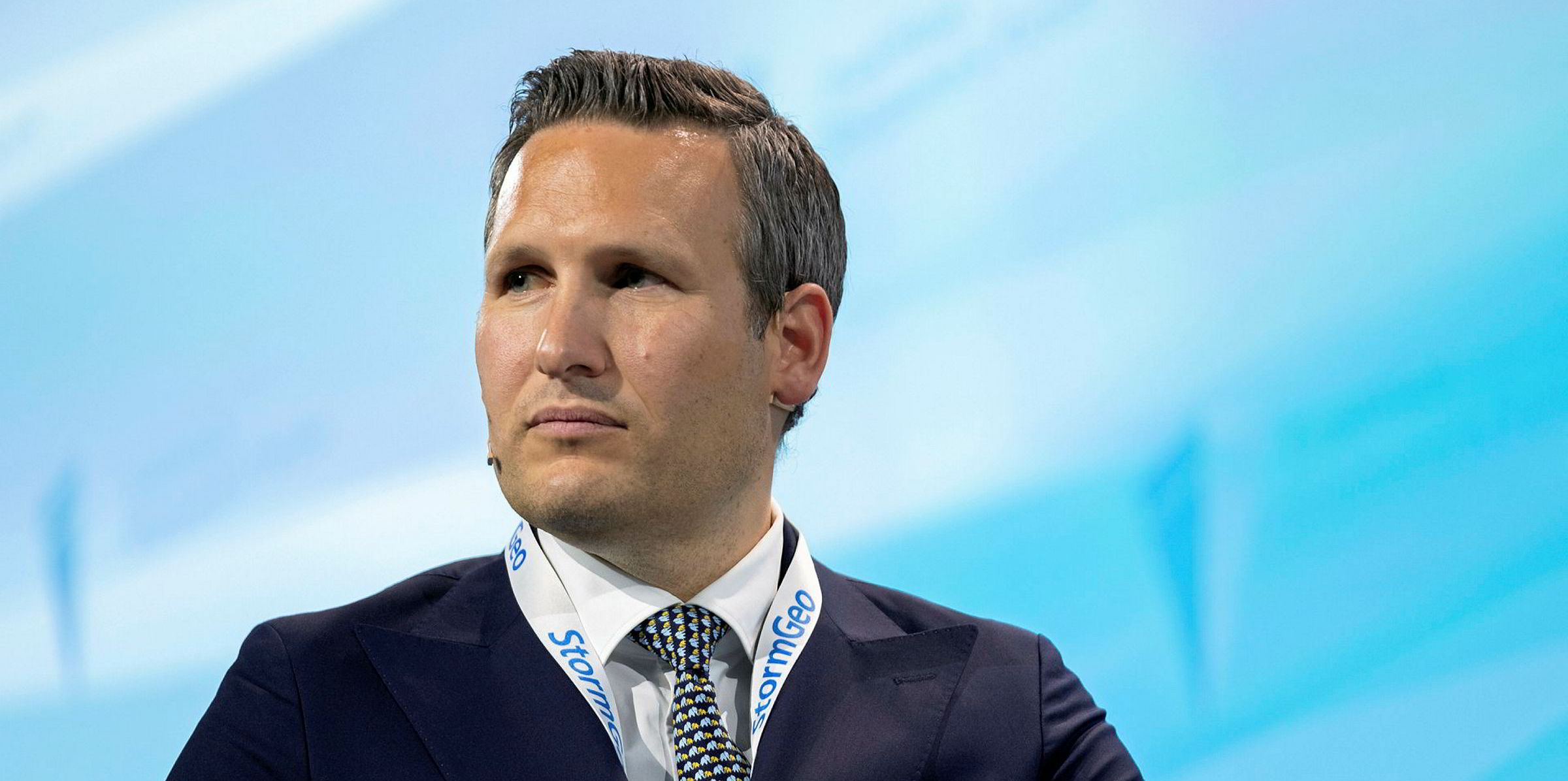The number of LNG carriers in excess of 125,000-cbm surpassed the 500 ship mark in the second quarter of 2019, according to Flex LNG.
The milestone was reached following the delivery of eight LNG carriers and one FSRU delivered during the three month period.
The John Fredriksen-backed LNG player said the order book at the end of the quarter amounted to 106 conventional LNG carriers, of which 43 were reported as ‘uncommitted’.
“In the second half of 2019, we expect another 20 conventional LNG carriers and one FSRU to be delivered from yards,” it said.
Despite the fleet passing the 500-ship mark Flex LNG said the outlook for LNG shipping demand was “compelling” due to rapidly increasing demand for LNG.
“The market has absorbed new tonnage as it has arrived, and despite lower than expected tonne mile growth due to muted US - Asia trade and limited arbitrage opportunities, we believe that the market is reasonably balanced,” the company said.
“Flex LNG expects the market for energy-efficient modern LNG carriers to improve going forward, as we approach the winter market, where demand seasonally increases in the northern hemisphere for heating,” it said.
“The long term outlook for the industry continues to be well supported, and we believe that Flex LNG is well positioned to capitalize on the global shift for cleaner energy.”
News of the new fleet milestone came as Flex LNG reported a 37% year-on-year increase in its second quarter loss to $3.9m.
“The first half of 2019 has been a cold shower for most LNG industry participants with the exception of the end consumers, who have benefited from cheap clean fuel and made significant savings on their utility bills,” said Flex LNG chief executive Oystein Kalleklev.
“Low gas prices during the first half of the year have also negatively affected the results of Flex LNG, as excess gas supply has predominantly been absorbed by European consumers, cutting sailing distances and thus affecting shipping demand and rates.
“Despite this challenging market environment, we do see improved outlook for the second half as the LNG shipping market is expected to become increasingly tight and the likelihood of a repeat of last winter’s El Nino is low.”
Kalleklev said these factors should provide tailwinds into 2020 and he expects the LNG product market to become “increasingly tight” from next year.
“Tighter product markets generally result in higher shipping demand due to arbitrage and re-loads. Hence, we think a tighter product market will positively affect the market balance in 2021.”






